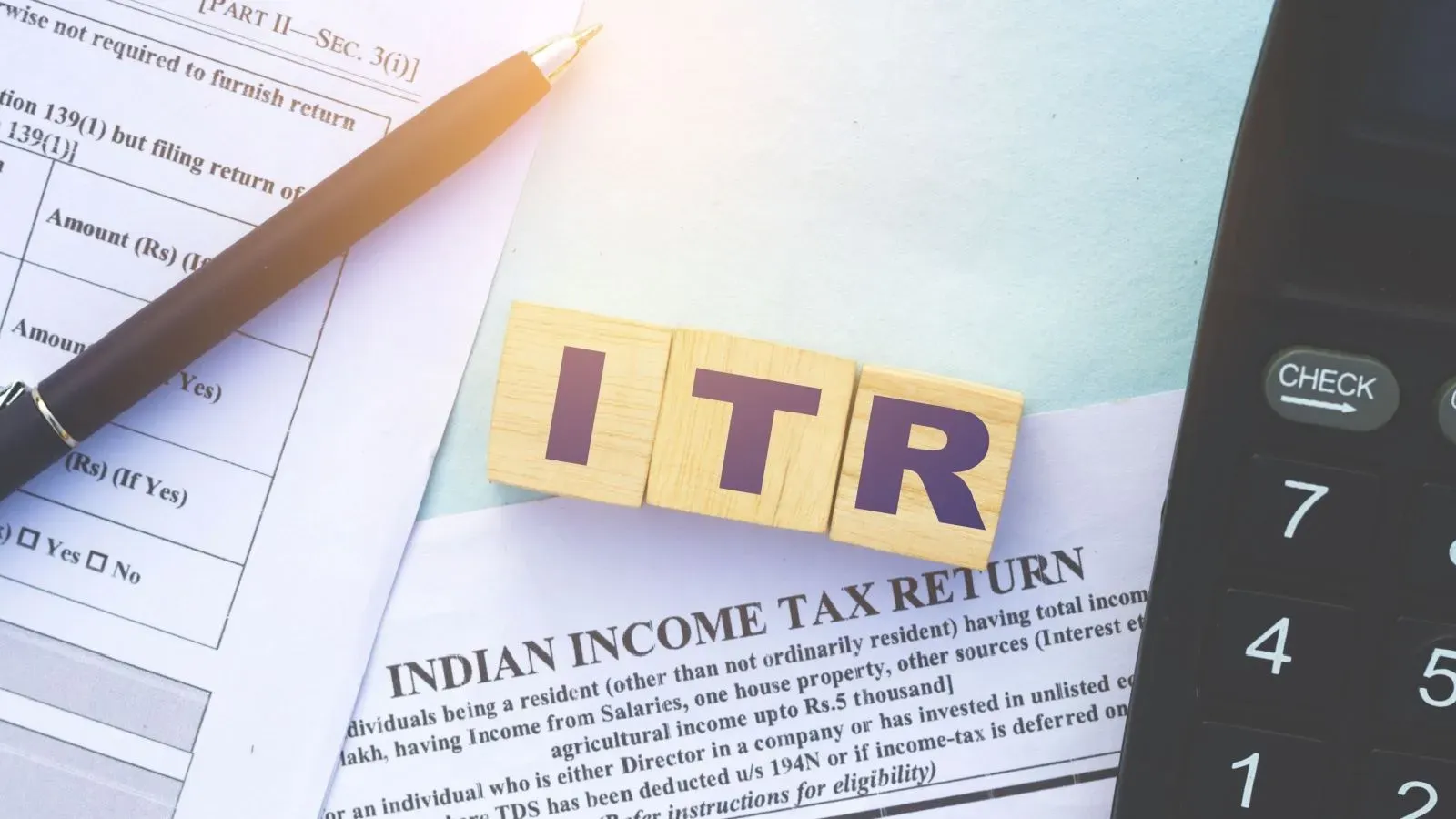Personal Finance News
ITR-3 online filing utility activated: Eligibility and rules for AY 2025-26 explained

5 min read | Updated on July 30, 2025, 11:58 IST
SUMMARY
ITR-3 online filing is live now on the Income Tax e-filing portal. Before filing returns in this form, taxpayers should ensure they are not eligible to file returns in ITR-1. ITR-2 and ITR-4.

ITR-3 filing online started today (July 30, 2025). | Image source: Shutterstock
The Income Tax Department has activated the online utility of ITR-3 on its e-filing portal. This Income Tax Return (ITR) form can be used by individuals and HUFs (Hindu Undivided Family) having income from profits and gains of business or profession.
Before filing returns in this form, taxpayers should ensure they are not eligible to file returns in ITR-1, ITR-2 and ITR-4. There are also a few changes in ITR-3 for AY 2025-26 (FY 2024-25) that taxpayers should know. This article explains the eligibility and changed rules for ITR-3 filing:
ITR-3 filing online: Eligibility
According to the Income Tax Department, ITR–3 form can be used by an individual or a Hindu Undivided Family (HUF) who has income from the profits and gains of business or profession (including audit and non-audit cases) and other earnings like salary, pension, capital gains and remuneration from a partnership.
This form is also required to be filed by a person whose income is chargeable to tax under the head “Profits and gains of business or profession” and it is "in the nature of interest, salary, bonus, commission or remuneration, by whatever name called, due to, or received by him from a partnership firm," the tax department says on its official website.
ITR-3 snapshot for AY 2025–26
| Section | Details |
|---|---|
| Form availability | ITR-3 online utility is now live on the Income Tax Department’s e-filing portal. |
| Who can file ITR-3 | Individuals and HUFs with income from business/profession, salary, pension, capital gains, and partnership remuneration. |
| Who cannot file ITR-3 | Individuals and HUFs without income from business/profession. Not applicable for entities other than individuals or HUFs. |
| Key changes for AY 2025–26 | - Schedule AL threshold raised from ₹50 lakh to ₹1 crore. - Capital gains split based on July 23, 2024. - Dropdowns for deductions and detailed section-wise reporting introduced. |
| Capital Gains tax update | LTCG on house purchases before July 23, 2024: - 12.5% without indexation - 20% with indexation. Revised LTCG rates for equity mutual funds and shares. |
| Deduction reporting | More details required for deductions under Sections 80C, 80E, 80EEA, 80EE, 80EEB, 10(13A), etc. |
| ITR-3 vs ITR-4 | - ITR-3: For individuals/HUFs with business/profession income. - ITR-4: For resident individuals/HUFs/firms (non-LLP) with income ≤ ₹50 lakh under presumptive taxation. |
| ITR-4 eligibility highlights | - Presumptive income under Sections 44AD, 44ADA, 44AE - LTCG ≤ ₹1.25 lakh under Section 112A - Salary/Pension, one house property, agri income ≤ ₹5000, other sources (non-lottery/race). |
| Due dates | - Non-audit cases: September 15, 2025 - Audit cases: October 31, 2025 |
Who cannot file ITR-3?
This form is only for individuals and HUFs with income from business, profession or partnership. Taxpayers without these incomes should not file ITR-3.
"Form ITR-3 cannot be used by any person other than an individual or a HUF. Further, an individual or a HUF not having income from business or profession cannot useITR-3," the Income Tax Department says.
ITR-3 rules: Key changes for AY 2025-26
The Income Tax Department has introduced several changes in ITR-3 to ease the burden on taxpayers. Here's a look:
Higher threshold in Schedule AL: Under Schedule AL, the threshold for reporting assets and liabilities has been increased from ₹50 lakh to ₹1 crore. This will help reduce the disclosure burden on middle-income taxpayers.
Split Capital gain reporting: Under Schedule Capital Gains of the income tax return, capital gains should be split based on whether they were realised before or after July 23, 2024. This has been done to ensure the implementation of the changes in taxation and indexation rules proposed in the Union Budget 2024.
How is ITR-3 different from ITR-4?
While ITR-3 is for any individual and HUF with income from profits and gains of business or profession, ITR-4 is to be filed by a resident individual, HUF, or a firm (other than LLP) whose total income is not over ₹50 lakh in the previous year. Apart from this, there are several other conditions for taxpayers who can file ITR-4:
- Individuals having income from business and profession computed on a presumptive basis under sections 44AD, 44ADA or 44E.
- Not more than Rs 1.25 lakh LTCG under section 112A
- Income from Salary/Pension, one House Property, Agricultural Income (up to ₹5000)
- Other Sources which include (excluding winning from Lottery and Income from Race Horses) such as interest from savings account, bank deposits, income tax refund, etc.
The due date to file ITR for AY 2025-26 is September 15, 2025 (for non-audit cases) and October 31, 2025 for audit cases .
Related News
By signing up you agree to Upstox’s Terms & Conditions
About The Author
Next Story



